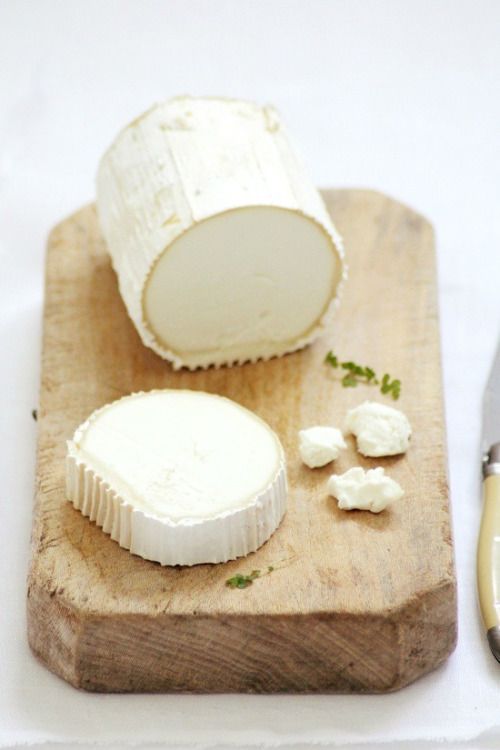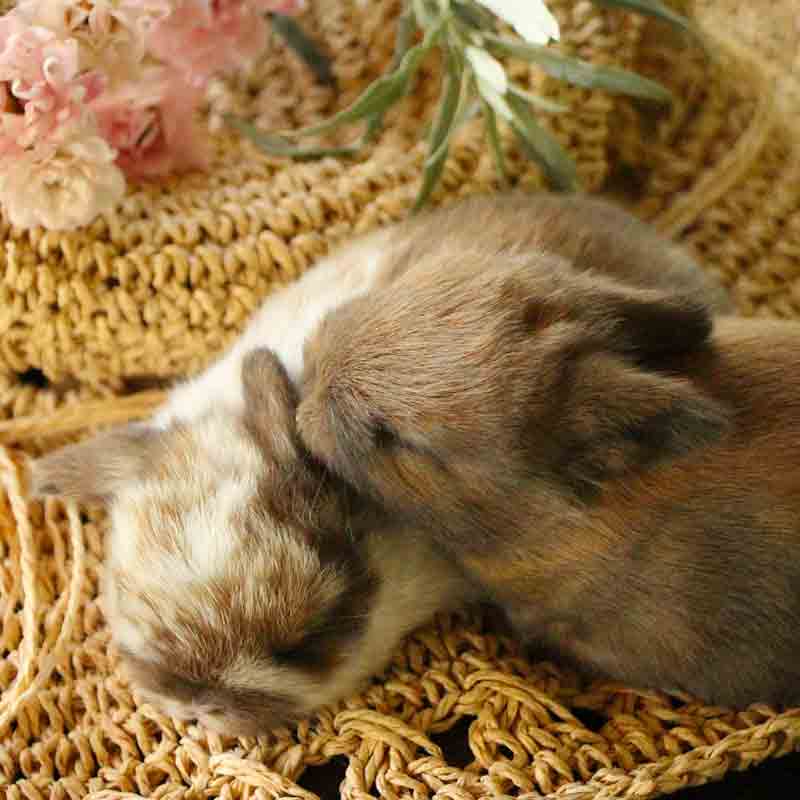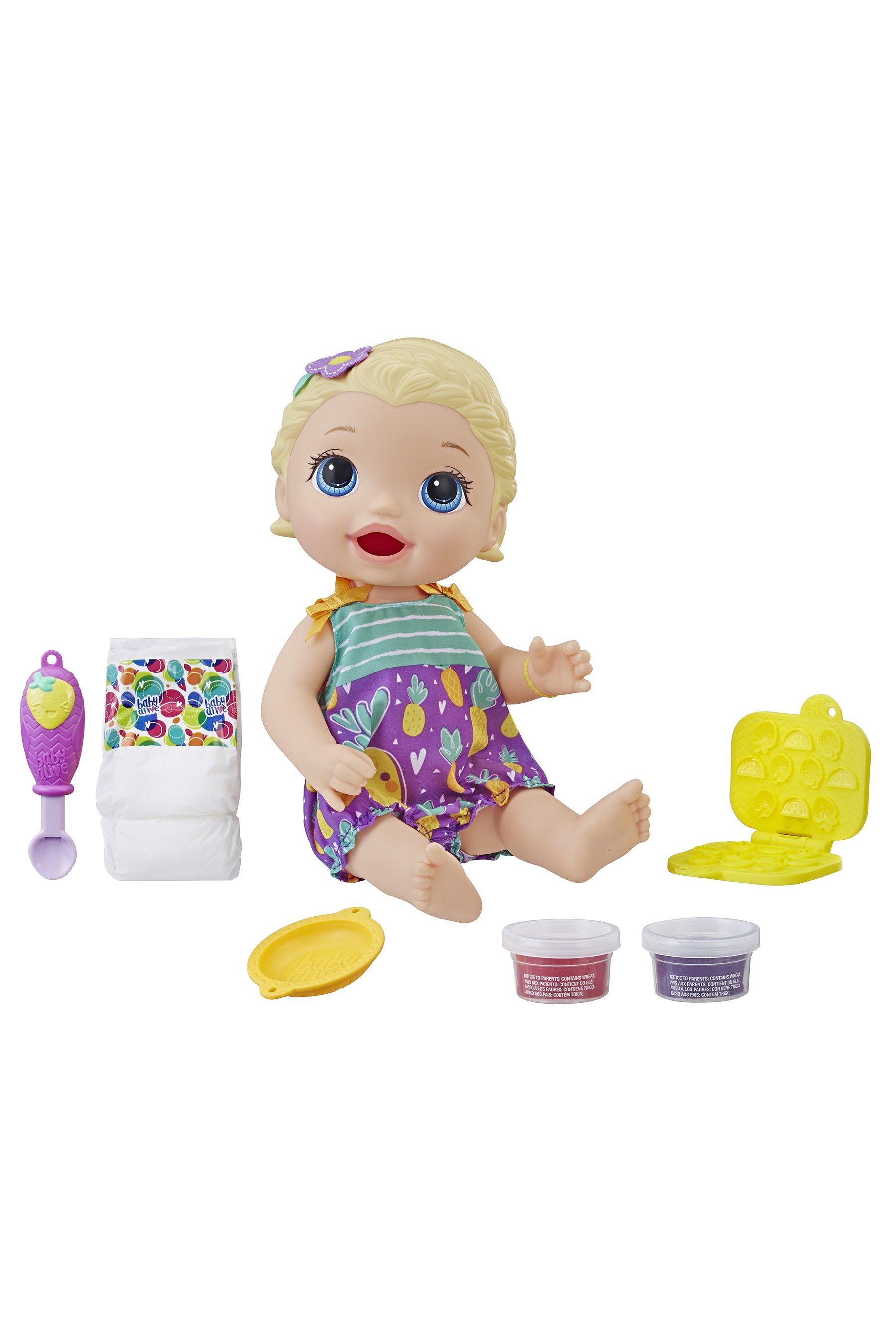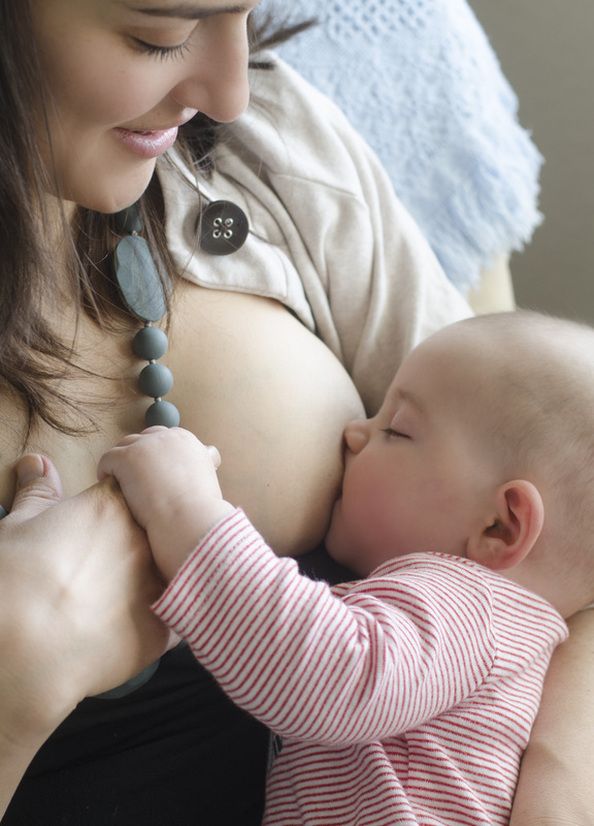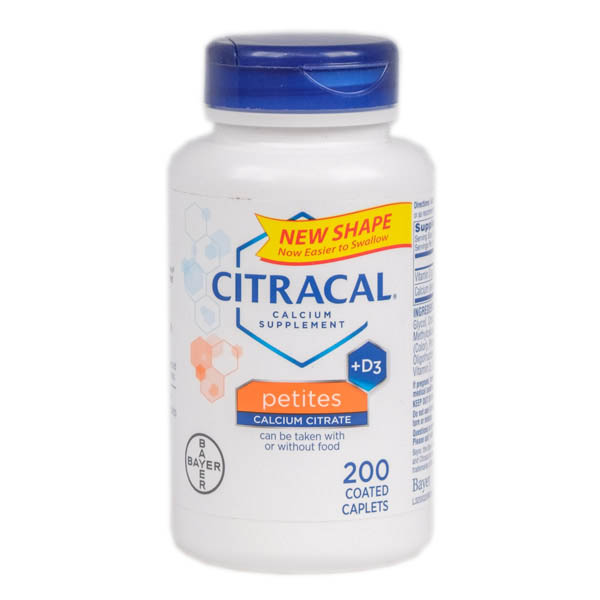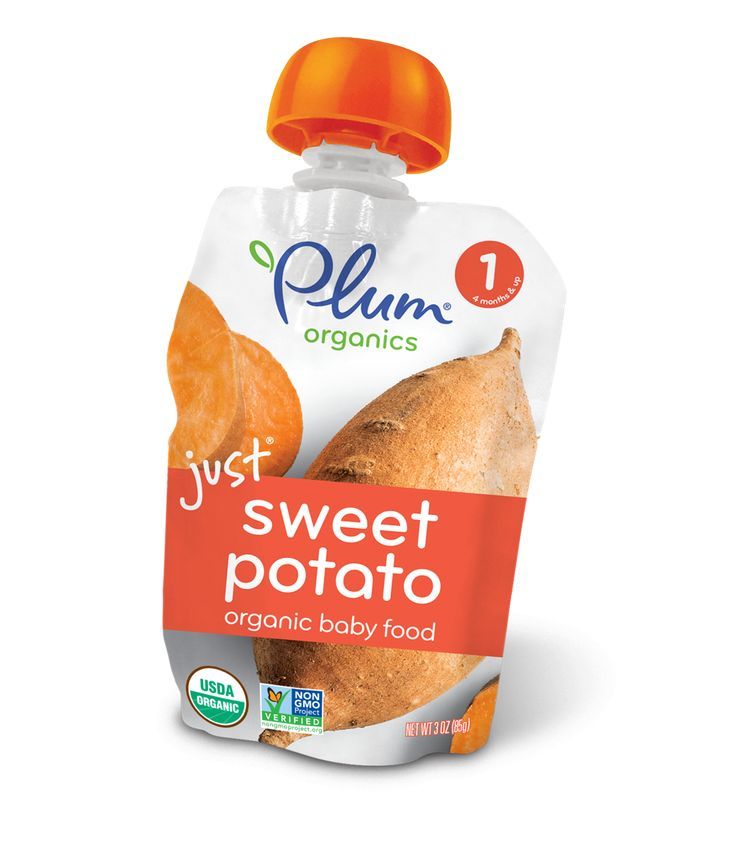Fill your own baby food pouches
Best Baby Food Pouches (Easy Homemade Ideas)
Learn how to make homemade Baby Food Pouches, no muss, no fuss, with these 15 easy recipe ideas. These are a great way to save money, share lots of flavors with babies and toddlers, and have convenient foods ready to go!
Baby Food Pouches
I always made my own baby food pouches because I like how affordable they are and how once you have a set of reusable pouches, there are so many options! Plus, you can feed many things you’re making for the rest of the family in a pouch, which means you can share flavors with the little ones even if they aren’t quite up to finger foods yet.
I view baby food pouches as one component of feeding a baby and like to mix purees with baby led weaning as a way to expose baby to a wide variety of flavors and textures from an early age.
I also find them very convenient for offering smoothies well into the toddler years!
Ingredients in You Need
What you need for your pouch adventure will depend on what you want to feed your baby! Basically you need something pureed (or a food like yogurt or applesauce that has a very pouch-friendly texture already) and a reusable pouch.
Step-by-Step Instructions
Here’s the general gist of how to make a baby food pouch. Scroll down to the bottom of the post for recipe ideas and best tips!
- Choose your puree and prepare it. Let it cool as needed. (Or pull out the yogurt or applesauce.)
- Fill the pouch, making sure that the cap is on if using the kind with the zipper opening on the bottom. (Otherwise it will all run right out the top!)
- Store in the fridge or serve to baby.
TIP: As a quick an easy snack option, I like to mix half yogurt and half applesauce right in the pouch.
What can I put into a baby food pouch?
You just need the food to be smooth enough that it easily passes through the opening of the pouch, so anything that’s pureed or the consistency of pureed soup or yogurt will work. Generally speaking you can do:
- Applesauce
- Fruit purees
- Vegetable purees
- Baby food combinations
- Pureed meats
- Pureed soups
- Smoothies
- Yogurt
TIP: You can also use any of my go-to Baby Food Combinations too!
Making apple yogurt in a bowlFlavor Ideas for Baby Food Pouches
These are some of my favorite recipe ideas to add to a pouch.
- Applesauce
- Apple Flax Yogurt: Equal parts Apple Puree and plain yogurt, plus a sprinkle of ground flax.
- Baby Oatmeal with Applesauce mixed in for flavor.
- Banana Yogurt
- Pear Coconut Puree: Pear Puree with full-fat coconut milk mixed in.
- Pear Yogurt: Equal parts Pear Puree and plain yogurt.
- Red Lentil Coconut Soup
- Sweet Potato Tomato Soup
- Mango Smoothie
- Mashed Butternut Squash
- Mashed Roasted Sweet Potato
- Spinach-Pea Puree (alone or with Applesauce)
- Simple Green Smoothie
- Strawberry Smoothie
- Veggie Chili, pureed smooth
TIP: For the foods, like soup, that you’d usually serve warm, you can serve them warm in a pouch too. Just be sure they are warm and not hot. Test on your wrist like you would a baby bottle.
How long can I store baby food pouches?
I recommend making them 24 hours ahead or less so they are as fresh as possible. But you can make batches of purees and stash them in the freezer, so the pouch assembly part is quick and easy.
Do I need a baby food pouch maker?
Honestly? No. I tried one and didn’t like it because it took up space in my cabinets and the pouches themselves weren’t reusable, which seemed like a waste and a lot of money. Using reusable pouches is easy and more affordable.
What are the best reusable pouches?
I prefer the silicone Squeasy Gear pouch, which comes in a few sizes (I start with the 3.5 ounce size for babies). It’s easy to learn from as early as 6 or 7 months and the kids can use them for smoothies and applesauce well through toddlerhood as they are very durable. You may want to remove the lid when serving to kids so they don’t play with it.
I also like this set of 3.4 ounce Weesprouts reusable pouches a lot, which are a nice size for babies (there is a larger size too!) and they are easy to clean and use.
Favorite Store-bought Baby Food
There are so many great store bought options! I like the Amara Organic Baby Food (paid affiliate link), which locks in the nutrients, texture, and taste of fresh foods.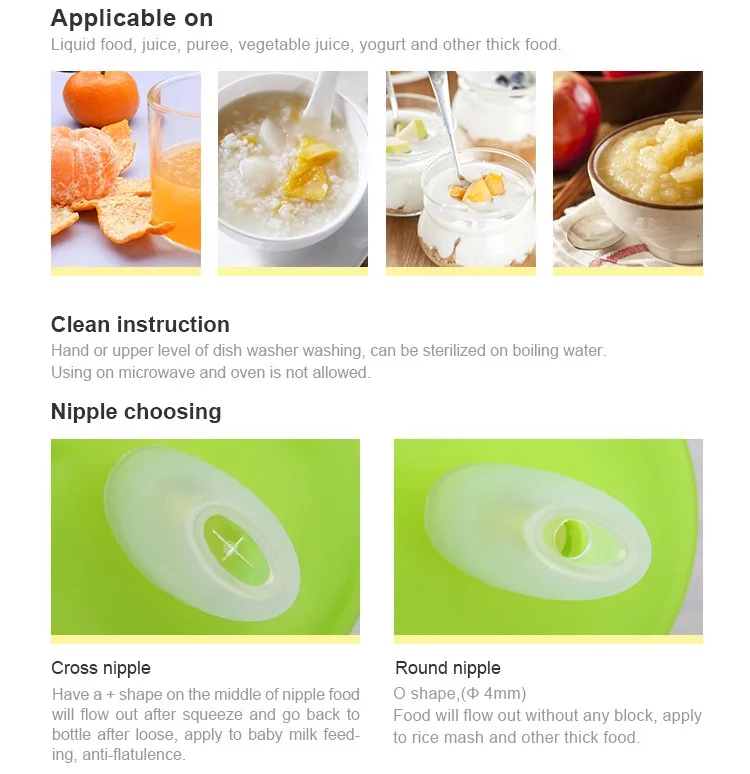 You just add breastmilk, formula, or water— and the flavors are delicious with straight forward ingredients.
You just add breastmilk, formula, or water— and the flavors are delicious with straight forward ingredients.
I also like Happy Family Organics Clearly Crafted and Plum Organics. Those are just a few options—there is a lot to choose from as you well know from the baby food aisle!
TIP: I recommend serving pouches occasionally along with regular solids from a spoon and baby led weaning style so baby has a chance to learn how to suck, swallow, move all sorts of textures around in their mouths, and gain the skills needed to be ready for finger foods around 9 months.
How to Store
Store pre-made pouches in the fridge for up to 5 days. Store leftover pouches in the fridge for up to 24 hours and serve again. You can also freeze pouches for up to 6 months. Thaw in the fridge overnight or at room temperature.
Best Tips for Success
- If using a pouch with a zipper bottom, like this one from Wee Sprout, avoid overfilling to prevent difficulty sealing the pouch.

- Be sure the mixture is totally smooth to avoid it becoming stuck in the opening of the pouch.
- Add ½ teaspoon hemp seeds to any mixture for extra healthy fats.
- Add 2 tablespoons full fat coconut cream or plain yogurt to the mashed sweet potato or squash for healthy fats.
- Try any other Baby Food Combination or my No-Cook Baby Foods in a pouch.
- Serve foods you’d usually serve warm (like soups) just warm, not hot. Test on your wrist to be sure the temperature is not hot.
- Omit any added salt or sweeteners as needed.
- Combine pouches with baby led weaning foods for a wide range of texture exposure.
Related Recipes
I’d love to hear your feedback if you try these ideas out, so please comment below to share—I love hearing from you guys!
Prep Time 5 minutes
Cook Time 10 minutes
Total Time 15 minutes
Author Amy Palanjian
Cuisine American
Course Baby Food
Calories 46kcal
Servings 1
- ▢ 1½ ounces Apple Puree
- ▢ 1½ ounces plain whole milk yogurt (regular or Greek)
- ▢ ½ ground flaxseeds (or hemp seeds)
Add the ingredients to a small bowl.
 Stir to combine well.
Stir to combine well.Add to the pouch, avoiding overfilling. If using a zip bottom style of pouch, be sure the cap is on to prevent the puree from coming out.
Serve or store for up to 5 days. (If storing leftovers in a pouch, store in the fridge and serve within 24 hours.)
- If using a pouch with a zipper bottom, like this one from Wee Sprout, avoid overfilling to prevent difficulty sealing the pouch.
- Pouch flavor ideas:
- Be sure the mixture is totally smooth to avoid it becoming stuck in the opening of the pouch.
- Add ½ teaspoon hemp seeds or 2 tablespoons full fat coconut cream or plain yogurt to any mixture for extra healthy fats.
- Try any other Baby Food Combination or my No-Cook Baby Foods in a pouch.
- Serve foods you’d usually serve warm (like soups) just warm, not hot. Test on your wrist to be sure the temperature is not hot.
- Omit any added salt or sweeteners as needed.
- Combine pouches with baby led weaning foods for a wide range of texture exposure.
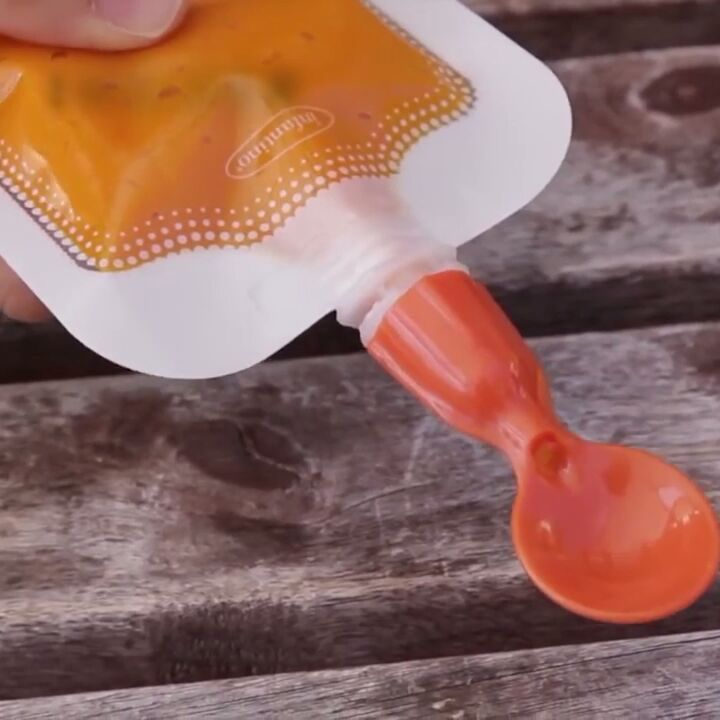
- Store leftover pouches in the fridge for up to 24 hours and serve again.
Calories: 46kcal, Carbohydrates: 7g, Protein: 2g, Fat: 2g, Saturated Fat: 1g, Polyunsaturated Fat: 0.2g, Monounsaturated Fat: 0.4g, Cholesterol: 6mg, Sodium: 21mg, Potassium: 101mg, Fiber: 1g, Sugar: 6g, Vitamin A: 54IU, Vitamin C: 1mg, Calcium: 54mg, Iron: 0.2mg
Tried this recipe?Rate in the comments and tag @yummytoddlerfood on IG!
Homemade baby food pouches {how-to and 5 recipes}
Portable, squeezable and with lots of flavor options, homemade baby food pouches are easy to make and a great way to serve healthy fruits, vegetables and whole grains to your little ones!
I made ALL of the baby food for both of my little ones. Which was no small feat because they were very hearty eaters. A good thing, but whew, kept me busy in the kitchen!
I always made big batches of purees, to knock out a bunch at a time, and inevitably, I’d be left with extras when they were moving onto finger foods and self-feeding.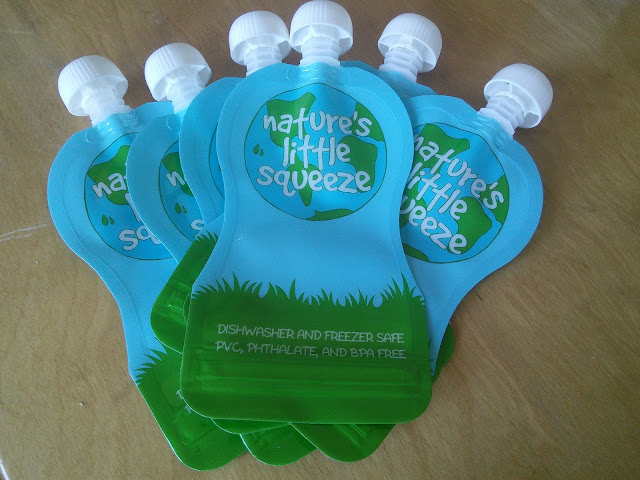
So I started turning those purees into homemade baby food pouches.
(I also have tons of other ideas of ways to use leftover baby food – I didn’t want to waste a bit!)
You can of course buy squeeze pouches in the store.
They have lots of different kinds of applesauce mixes, yogurt squeezies, and fruit and veggie combinations.
But you can make your own so quickly, easily and for much less money. Plus, you can customize them to your little one’s liking and feel good that you’re controlling the ingredients.
My kids are older now – M is 5 next week (yikes!) and J is coming up on 3 – but they still love these squeezies. M says she has lots of friends who bring them for lunch, so she’s always asking for me to send them to school.
And I’m happy to.
I love that it’s an easy way to ensure they are eating their veggies. They will take down one of these pouches in a matter of minutes but they don’t always dig into a big bowl of peas or a plate full of broccoli.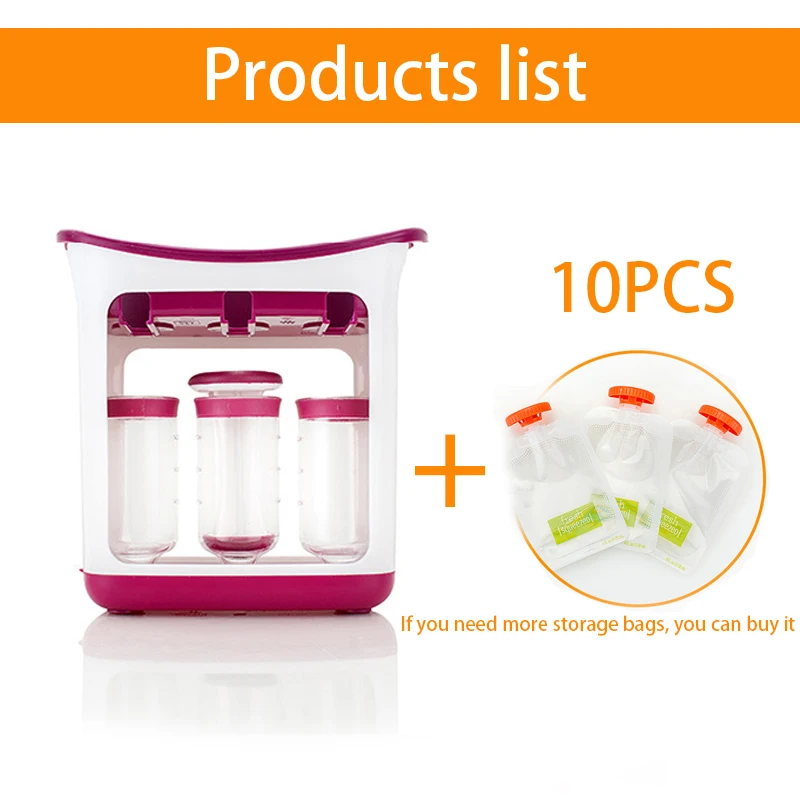 #yet #Iwontgiveup
#yet #Iwontgiveup
So today I’m giving you the run-down on what I use, how it works and five easy homemade squeezie combinations to get you started. (Check out these 5 additional homemade baby food pouches for more ideas!)
Equipment for baby food pouches
I have the Infantino Squeeze Station and it’s been great. It’s the only specific baby food equipment I’ve bought and was definitely worth it.
You’ll also need to buy refill pouches (they come in batches of 50 and you will go through them!)
They have other accessories, but I’ve stuck to these basics so far.
You’ll also need an immersion/hand blender or regular blender to make the purees to put into the squeeze pouches.
How to make baby food squeeze pouches
You set up the squeeze station by inserting three pouches into the bottom (they fit through some grooves and sort of snap in.) Then you put the empty containers on top and screw them onto the bags.
Note: Be sure to write the contents and date on your bags before you start to fill them.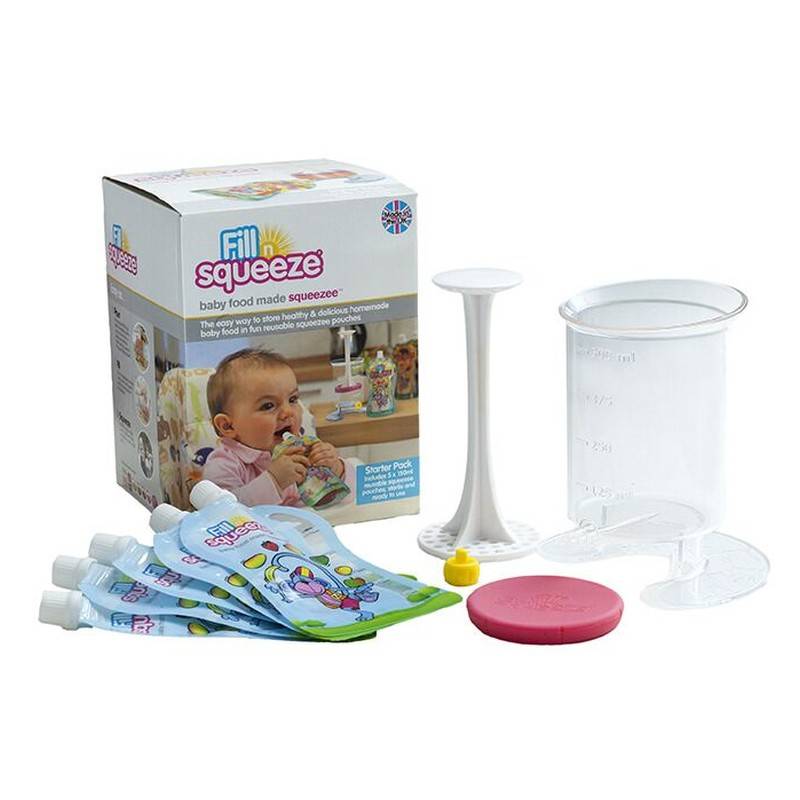 Much easier than after they’re done.
Much easier than after they’re done.
Next, you spoon your puree mix into each container, filling it almost to the top. You use the press tool and push the puree down into the pouch. It’s a weirdly gratifying feeling.
If the mixture gets stuck or won’t push, you probably have a small chunk in your puree that got caught in the hole. Just unscrew your tube, dump the contents back into your blender and reblend (or pick out the offending piece if you see it).
After the bags are filled, unscrew the tubes and carefully pull the bags out. Twist on the orange top and voila!
You can keep them in the fridge for a couple of days or pop them straight into the freezer to have on hand later.
It’s really easy and actually, really fun!
Notes about baby food pouch combinations:
- Add 1 tablespoon lemon juice to all of these to help preserve them. The only exception is the pineapple-broccoli mixture. The citrus from the pineapple is enough on its own.
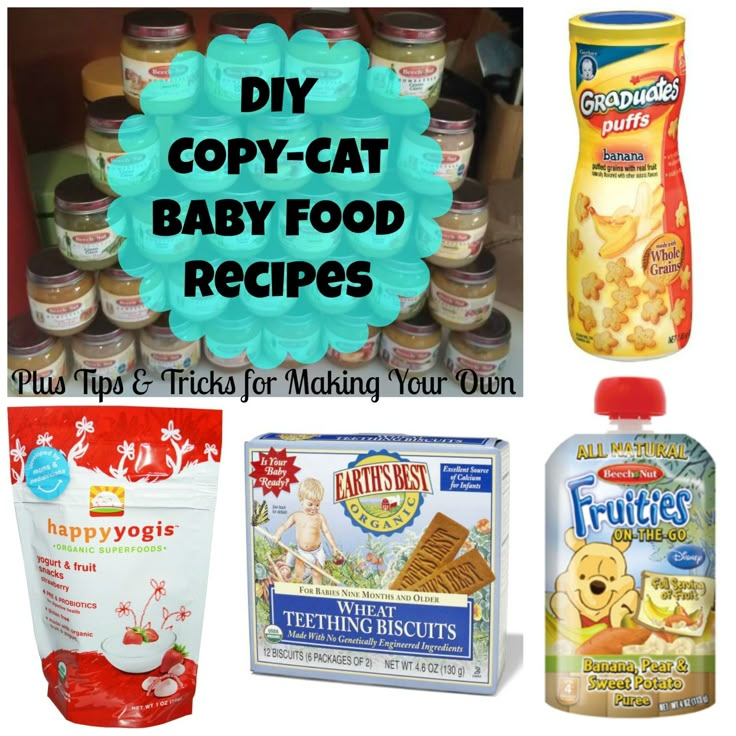
- You can keep the peels on the pears and apples, just be sure to puree them very well so pieces don’t get stuck and prevent the mixture from going into the squeezie bags.
- The vegetables and grains need to be cooked and soft, so plan ahead. Or use leftovers. These can be a great way to use up scraps and reduce food waste.
- If any of your mixtures seem too thick (because the water content of fruits and veggies can vary), just add a bit of applesauce or a splash of water to the blender until its thin enough.
- Each pouch holds about 4 ounces. Most of these batches for me make about 3 squeezies worth. You can of course always double up if you want to knock out a bunch. They freeze great, so you might as well!
Check out the recipes below and get to making some baby food pouches. I hope your little one enjoys!
(And let me know if you want to see another round-up like this – we have lots of other flavor combinations we’ve made over the years that I can share!)
XO,
Kathryn
Prep Time 15 minutes
Total Time 15 minutes
Ingredients
For the apple-brown rice-spinach pouches:
- 1 apple, core removed and roughly chopped
- 1/2 cup cooked brown rice
- 1 cup packed fresh spinach leaves (raw)
- Juice of 1/2 lemon
For the pineapple-broccoli pouches:
- 1 cup cut pineapple (thawed if frozen)
- 2/3 cup cooked broccoli florets
For the mango-sweet potato-quinoa pouches:
- 1 ripe mango, peeled, seed removed and roughly chopped
- 1/2 cup cooked sweet potato
- 1/2 cup cooked quinoa
- Juice of 1/2 lemon
For the banana-barley-zucchini pouches:
- 1 ripe banana
- 1/2 cup cooked barley
- 1/2 cooked chopped zucchini
- Juice of 1/2 lemon
For the pear-peas-spinach pouches:
- 1 ripe pear
- 1/2 cup cooked peas
- 1 cup raw spinach
- Juice of 1/2 lemon
Instructions
- Make sure all of your grains and veggies are cooked, if indicated.
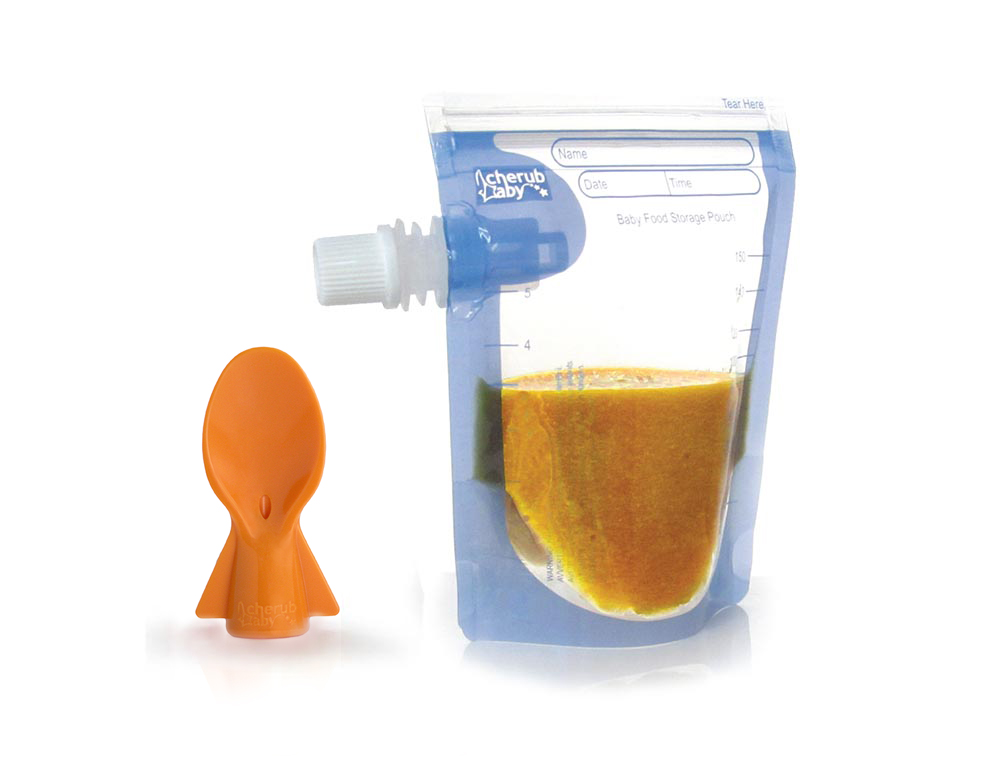
- Combine all ingredients for each pouch combination in a blender or immersion blender and blend until it’s a smooth, pourable consistency. (See notes.)
- Label your bags, set up your station and add the mixture to the squeeze station containers, filled to the indicated line. Push down with the press tool and fill each bag. Remove the bags from the station and twist on the tops.
- Store pouches in the refrigerator for 2-3 days or in the freezer for up to 3 months. To defrost, simply move the pouch to the refrigerator - it thaws in less than a day.
Notes
Add 1 tablespoon lemon juice to all of these to help preserve them. The only exception is the pineapple-broccoli mixture. The citrus from the pineapple is enough on its own.
You can keep the peels on the pears and apples, just be sure to puree them very well so pieces don’t get stuck and prevent the mixture from going into the squeezie bags.
The vegetables and grains need to be cooked and soft, so plan ahead.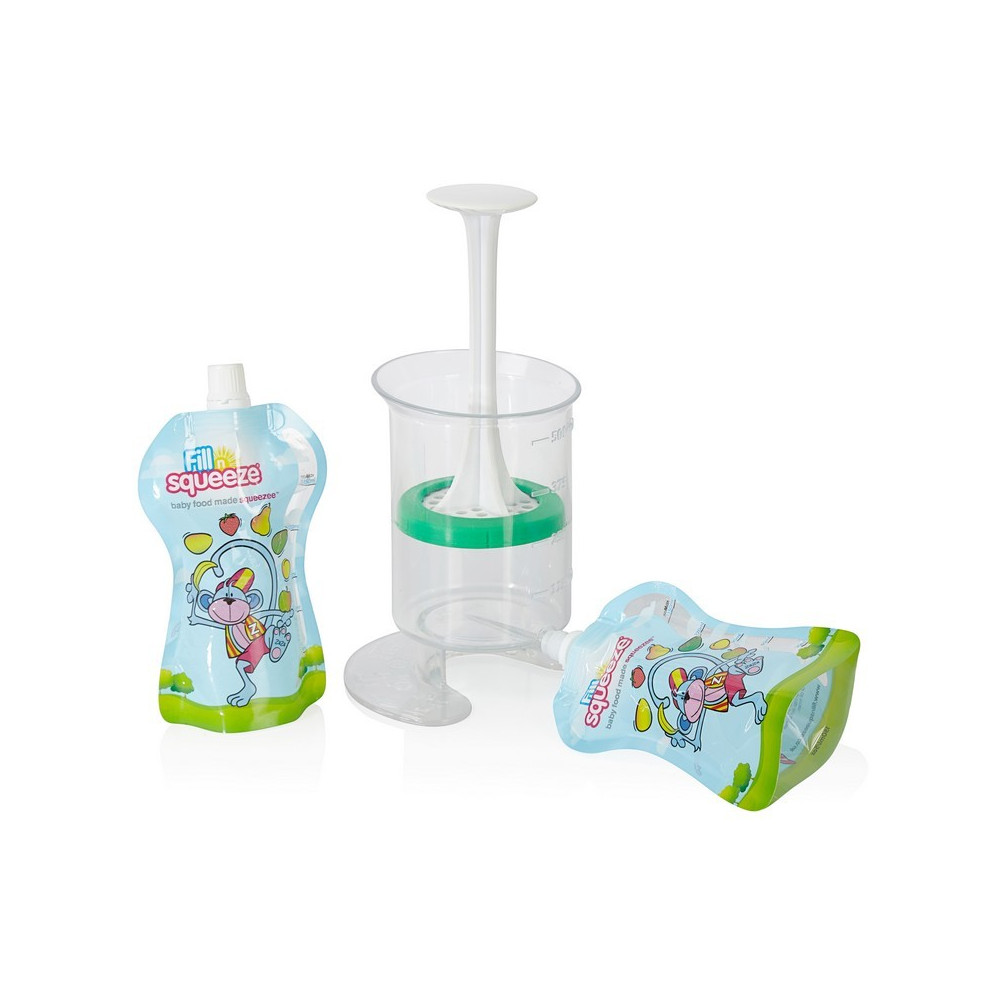 Or use leftovers. These can be a great way to use up scraps and reduce food waste.
Or use leftovers. These can be a great way to use up scraps and reduce food waste.
If any of your mixtures seem too thick (because the water content of fruits and veggies can vary), just add a bit of applesauce or a splash of water to the blender until it's thin enough.
Each pouch holds about 4 ounces. Most of these batches for me make about 3 squeezies worth. You can of course always double up if you want to knock out a bunch. They freeze great, so you might as well!
Here are 5 more homemade baby food pouches if you want more flavor/combination ideas!
Nutrition Information:
Yield:
3Serving Size:
1 pouchAmount Per Serving: Calories: 50
The different varieties will yield different nutrition information.
Happy baby 15051 Baby food storage bags
Our advantages
Delivery on the day of order
Delivery works 7 days a week across the Crimea from 10:00-20:00
Wide range
children under 5 years old.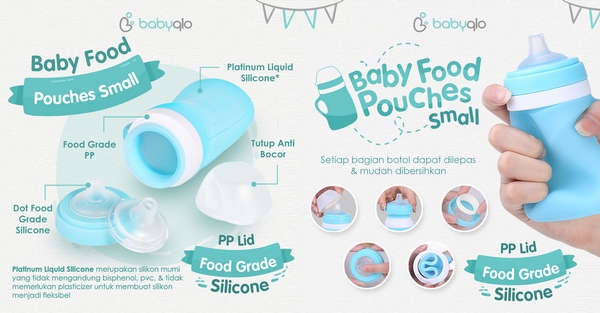
Quality Assurance
All items in my Lvenok stores carry a manufacturer's warranty.
Promotions and discounts
Be the first to know about promotions, discounts and special offers from moy Lvenok store.
Convenient self-delivery
You can pick up the order yourself in one of the stores in Simferopol.
Own warehouse
All goods are placed in moy Lvenok's warehouse equipped for storing children's goods.
Payment methods
You can pay for the purchase in any way: cash to the courier, bank card to the courier, card according to the details.
- 590 rub
In stock
531 r
VIP discount card price in retail stores
FOOD POUCH reusable baby food storage bags with lids and a spoon will help out on the road, on a walk or on a trip. They keep food fresh, are completely safe for the baby and are suitable for feeding the baby outside the home right from the bag. Screw the spoon onto the bag - no additional utensils are required. Packages are easily sealed, and a reliable zipper will not open during storage or transportation. Suitable for freezing and perfectly washed in the dishwasher.
They keep food fresh, are completely safe for the baby and are suitable for feeding the baby outside the home right from the bag. Screw the spoon onto the bag - no additional utensils are required. Packages are easily sealed, and a reliable zipper will not open during storage or transportation. Suitable for freezing and perfectly washed in the dishwasher.
COMPOSITION:
- Polyethylene terephthalate, LDPE/HDPE, polypropylene.
Reviews
Happy baby 15051 Baby food storage bags
Previous Next
Our advantages
Delivery on the day of order
Delivery works 7 days a week in the Crimea from 10:00-20:00
Wide assortment
We offer the most complete range of products for expectant mothers, newborns and children up to 5 years of age.
Quality Assurance
All items in my Lvenok stores carry a manufacturer's warranty.
Promotions and discounts
Be the first to know about promotions, discounts and special offers from moy Lvenok store.
Convenient self-delivery
You can pick up the order yourself in one of the stores in Simferopol.
Own warehouse
All goods are placed in moy Lvenok's warehouse equipped for storing children's goods.
Payment methods
You can pay for the purchase in any way: cash to the courier, bank card to the courier, card according to the details.
Products of this brand
Don't forget to also buy
How to replace plastic bags? Go for meat with a jar. Products without plastic packaging
While we are just learning how to sort waste, the Zero Waste movement is gaining momentum in the West. Bea Johnson, whose family of four has been going without a bin for several years and saving 40% of the budget, shares what we will go to the store with when the ban on plastic bags and single-use packaging comes into force in most countries of the world.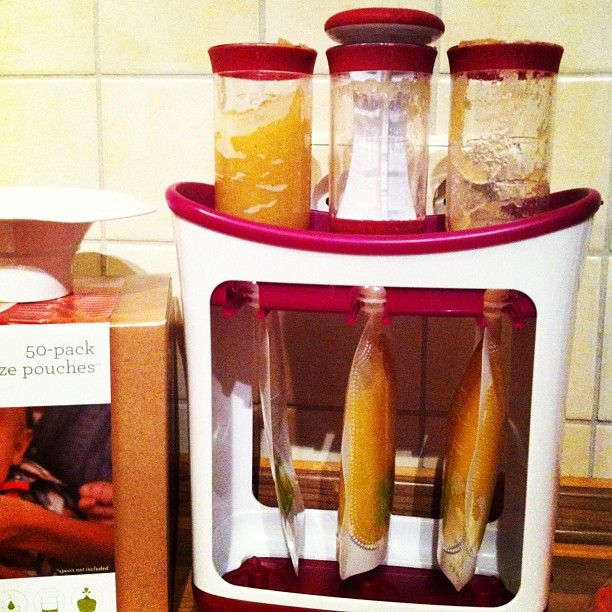
Every day we eat something, every week (or more often) we buy something, and every decision we make about food quality and packaging supports some producers and sellers at the expense of others. You can vote against extra packages and for local organic products with your own pocket. For me, that means buying by weight.
In addition, the more often we buy organic products, the faster they become cheaper. It's nice to know that with every purchase I vote for organic and against packages. I want more and more loose goods, and less garbage, and I do not mind donating the fruits of my labors to this cause.
What you need to cut out packaging
You may already be ditching plastic bags and going shopping with reusable rag bags. But for bulk purchases, you have to go further. Here's what you'll need.
- Use cloth bags (I have two sizes) for dry foods: flour, sugar, cereals, legumes, spices and groceries. I sewed mine from an old sheet and inscribed the tare weight on each.
 You can take silk for this - it is light and dries quickly - or buy ready-made bags.
You can take silk for this - it is light and dries quickly - or buy ready-made bags.
In the store, mark the product code on the fabric with chalk and fill the bag to the desired volume. At home, transfer what you bought into sealed containers. I use glass jars with a hinged lid and a clip.
- Mesh bags are needed for fruits and vegetables. It is convenient that through the holes the cashier can see the contents. Even laundry bags will do, but they are usually synthetic. (In Russia, eco-bags can be bought directly from the craftsmen through the Vkontakte group.)
At home, transfer them to the wettest part of the refrigerator, where the vegetable drawer is located. If there is not enough moisture (for example, the greens wither), wrap them in a damp towel or simply moisten the mesh bag itself. I keep greens in a glass of water.
- glass jars and containers are suitable for liquid products: honey, nut butter, pickles, etc.
 , as well as fresh meat and fish, cheese and sausages. I have two sizes in use: a liter and a half liter. Weigh them in the store and write down the tare weight once and for all.
, as well as fresh meat and fish, cheese and sausages. I have two sizes in use: a liter and a half liter. Weigh them in the store and write down the tare weight once and for all. - glass bottles are suitable for liquids (oils, vinegar, sauces and syrups), but these products are unfortunately much harder to find on tap. In addition, container funnels are often too large, so it is worth stocking up on wide-mouth bottles.
- Pillowcase needed for the bread. In some bakeries you can order in advance, then it is better to leave your pillowcase there. In the same pillowcase, you can then store bread in the freezer and defrost as needed.
- Washable chalk. It will allow you to refuse disposable stickers with product data - just write the code and weight on the bag. (In the CIS countries, this method does not yet work. But you can buy goods by weight, weighing them not on the trading floor (where the barcode is glued), but at the checkout, and thus do without labels.
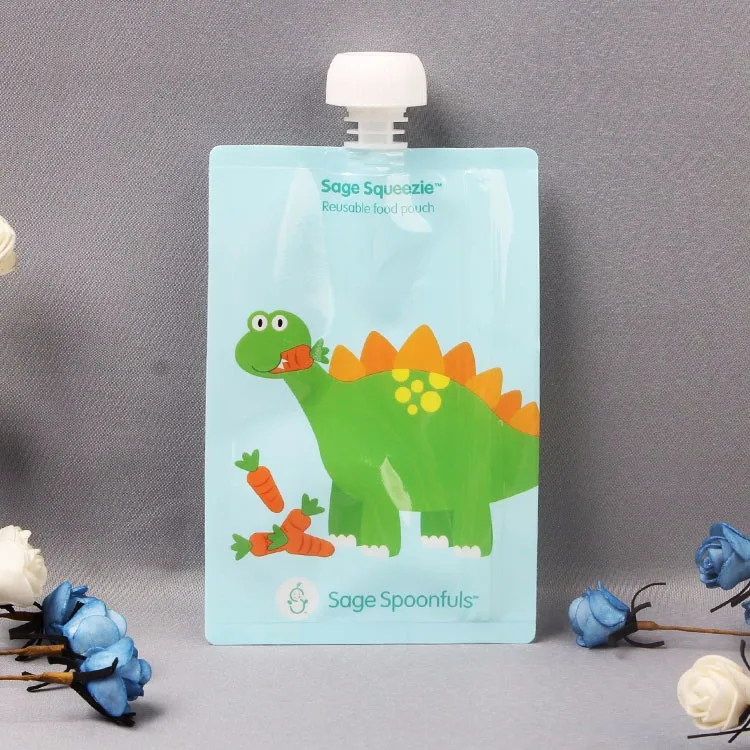 )
)
To the store with your own container
We do not accept bringing your own containers to the store, but if you yourself do not doubt what you are doing, the store will also take it calmly. It’s easier not to ask permission, but to immediately pack in your own container. For example, when I see an unfamiliar seller in the fish department, I order: “Four carcasses of squid here, please,” and hold out my container, staring at the squid in a detached way.
Tense, apologetic glances at salespeople can only increase their confusion. Therefore, I act as if everyone around is only doing what they go to the store with their own containers, and to bewilderment I simply answer that "I don't have a trash can." There are usually no more questions.
Only once did the seller sternly tell me that "this is unsanitary" and refused. I insisted that she check with her manager, and then she still had to put the goods in my jar.
Shops and individual sellers often play it safe, fearing that they will be sued: no one wants to be responsible for the fact that you were poisoned because you did not clean the container well.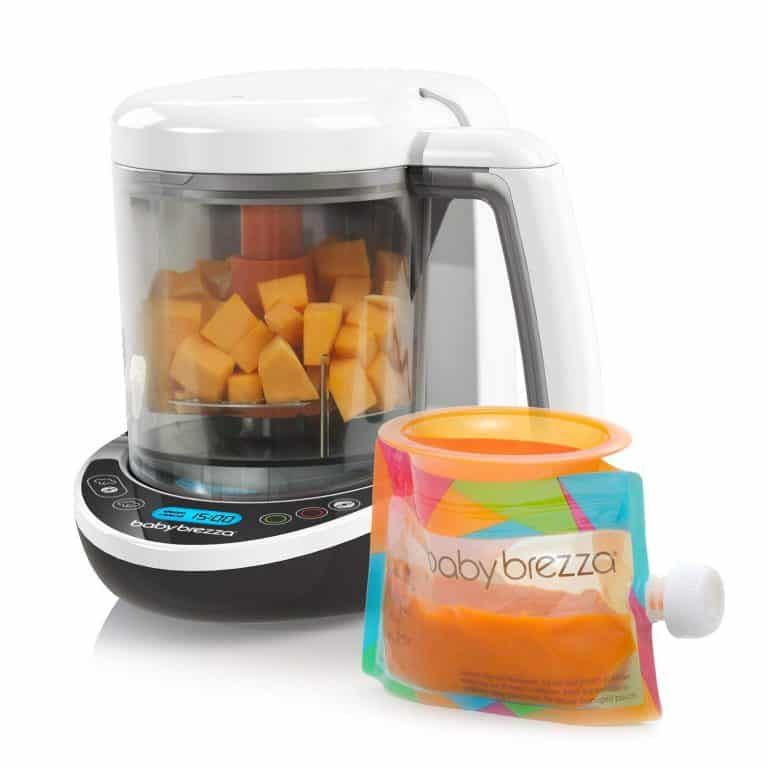 Usually, it is enough to contact the manager with a request to voice a specific article of a regulation or a by-law that prohibits buying in one's own container so that the issue is resolved. (Russian SanPiNs allow goods to be released in clean consumer containers: clause 8.11. SanPiN 2.3.6. 1066-01 - Requirements for the sale of food products.)
Usually, it is enough to contact the manager with a request to voice a specific article of a regulation or a by-law that prohibits buying in one's own container so that the issue is resolved. (Russian SanPiNs allow goods to be released in clean consumer containers: clause 8.11. SanPiN 2.3.6. 1066-01 - Requirements for the sale of food products.)
If you go to the same store every week on a certain day with a well-defined list like this, you can not only avoid rash purchases, but also establish friendly relations with employees. I enjoy meeting Carl and his team in the cheese department every Friday, chatting with Kito as he picks up my order of fresh bread, and catching Jay's perpetual smile at the checkout. Thanks to these guys and their patience, this whole system works. So, patience, friendliness and gratitude!
Bea Johnson
Where else to buy bulk food
What about all the things that are not sold by weight in supermarkets or health food stores? But what if there are no such stores nearby? Grocery markets, specialty stores or local farmers will come to the rescue, organizing the supply of seasonal fruits and vegetables by subscription to their consumers, without the cost of intermediaries in the form of retail chains.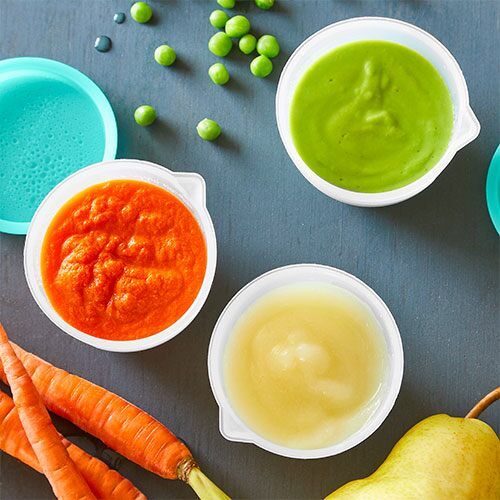
Here are some ways buy food loose:
- Buy eggs at the market or directly from your neighbors. In the market, egg cartons will gladly be taken back or refilled. And if you live in a rural area, you can do without them altogether by buying eggs directly from your hands. In the USA, there is a whole site Eggzy.net for this.
- Dairy products can be poured into their own glass jars. There is probably a dairy farm or specialty store near you. Ask if your city has milk vending machines - automatic milk vending machines .
- Specialty stores are great for buying bulk sweets, condiments and dried fruits. In the famous Parisian culinary Maille, for example, you can refill an empty mustard jar.
- Refill a clean bottle of wine by visiting a local winery. I settled on bottles with an airtight glass lid to save cork trees. In some regions, you have to work hard to find draft wine, but Google is here to help! And let the additional incentive be how much money you save on such a purchase.

- Beer jugs (or bottles) are easy to fill in beer shops. Take a look at the nearest one and find out if there is such an opportunity there. Even if you are refused, it will be a reason for sellers to think.
And a few more zero waste tips:
- Try canning yourself. In the case of canned food, homemade replacements are especially relevant, because most of the purchased cans are stuffed with flavor enhancers, preservatives and even toxic substances like bisphenol A (BPA).
- Start your own garden! There will always be products without packages and labels. Greens, for example, can be grown in tubs, and not bought in plastic pots, where it is still too much for one time.
- Use grazing because plastic packaging is not found in the wild. This is a favorite pastime in our family: Leo keeps coming home with blueberry lips or a bucket of freshly caught crayfish, Scott fishes and shellfish, and I gather wild herbs.
 Grazing can be a great addition to your weekly diet, and it's completely free.
Grazing can be a great addition to your weekly diet, and it's completely free.
It is generally accepted that buying by weight in health food stores is too expensive. But in reality, by shopping there, we managed to reduce food costs by 30%. If you stay away from processed foods, cut back on meat, and be picky about what you buy, your food bills will drop markedly.
Health food stores are also good because they offer a much larger selection of local organic products. Quality food is not cheap, but in the long run it is an investment in your own health and the well-being of the environment that is worth the money.
My usual shopping trip
It may seem that we are simply obsessed. But although the principle of non-waste really means a lot to us, there is no talk of any fanaticism ... not anymore. At first, it may seem that all this is too complicated, but today I can no longer imagine how it was possible to go shopping differently. I will describe here for clarity my typical Friday departure.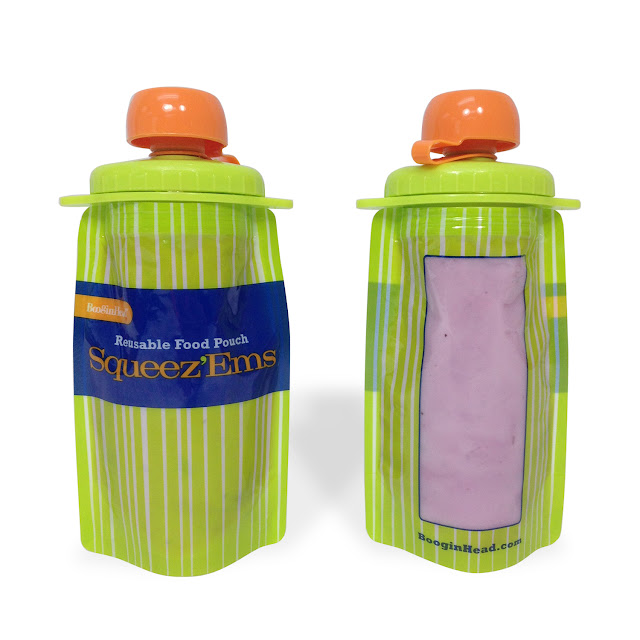
My husband and I have one car for two. I usually have it on Fridays when the farmers' market is open, so it's easier to leave the shops for the same day.
I got three large rag bags (no longer needed): one for the market and a couple for the shop. A market bag with fruit nets and one of the shopping bags with pouches, crayons, a pillowcase and an order code for a bakery are stored in the car. We keep the third one at home not far from the shopping list so that we can put washed jars, containers, bags and nets there as it is empty. Containers for dairy products and egg cartons are also waiting to be returned to the store.
On Fridays I take this bag and both lists with me to the car. Be sure to check if at least five liter containers are in place: for raw meat, fish, two
types of cheese and gastronomy. I put everything I need for the farmers' market into the appropriate bag.
To save time and gas, all products in the list are numbered according to stops on my route, starting from the farthest point. I try to make right turns prevail on the way - my husband adopted this practice from efficient logistics companies. Gradually crossing off items from the list, I approach the last three points: the market, the health food store and the library.
I try to make right turns prevail on the way - my husband adopted this practice from efficient logistics companies. Gradually crossing off items from the list, I approach the last three points: the market, the health food store and the library.
At the market, taking the right bag, I go straight to my favorite vegetable stand (vegetables should be at the bottom of the bag), then I go for fruit, and finally I fill the egg trays. If I come across berries in baskets, I pour them into mesh bags and return the baskets to the sellers. Here I am usually guided not so much by the list as by freshness and price, and I take everything that I like for a week.
In a health food store, I first return the yogurt and milk cans I took from the same place, and wrap the check around a credit card so as not to forget to punch it at the checkout. In the bakery department I order "ten loaves without packaging" - our weekly norm.
Then I go to fill the containers with grated cheese (it's cheaper because it's made from scraps), pickles, sausages, raw meat and fish.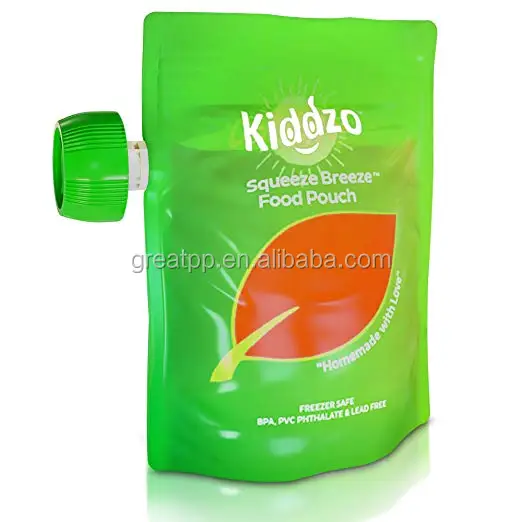 In the meantime, they are filled, I take glass bottles with yogurt and milk and a piece of butter in wax paper. I fill in the rest of the jars and bags according to the list. Sometimes vegetables are added to this that were not on the market (for example, a bunch of spinach) or loose pastries (croissants).
In the meantime, they are filled, I take glass bottles with yogurt and milk and a piece of butter in wax paper. I fill in the rest of the jars and bags according to the list. Sometimes vegetables are added to this that were not on the market (for example, a bunch of spinach) or loose pastries (croissants).
The shopping circle closes in the bakery section, where ten warm loaves are ready to fill a pillowcase. This smell of warm bread from childhood tickles my nose as I move to the checkout. First, heavy containers are sent to the tape (they will go to the bottom of the bags), then bags, and at the end - bread. Here you also need to get a piece of paper with a code from the bakery and a check wrapped around a credit card. The cashier weighs the goods, subtracting the tare weight and the glass deposit. I never take a check, pay by card and finally head home with a short stop at the library.
So, I shop in the healthiest departments of the store, bypassing the counters with ready-made refined food in various packages. The only wrapper that gets to our house is from butter. At home, after unloading the car, I put the containers, jars and vegetables in the refrigerator, cut the loaves in half and freeze them in the second pillowcase, pour cereals and groceries from the bags into jars and fill the vase on the table with fruit. Dirty bags and nets go to the washing machine, lists go to recycling, and bags go to their usual places in the house and car. Ready!
The only wrapper that gets to our house is from butter. At home, after unloading the car, I put the containers, jars and vegetables in the refrigerator, cut the loaves in half and freeze them in the second pillowcase, pour cereals and groceries from the bags into jars and fill the vase on the table with fruit. Dirty bags and nets go to the washing machine, lists go to recycling, and bags go to their usual places in the house and car. Ready!
That's right, here's more about it:
[link-1]
Why wash everything? What you are going to hand over for processing needs to be washed. First of all, for your own convenience. When you have washed, clean food packaging in your home, there is nothing left to rot or smell.
A container with clean recyclables does not have to be stored in the kitchen - you can allocate space on the balcony, in the pantry, in the bathroom. It will not interfere, and if properly tamped, it will take up little space.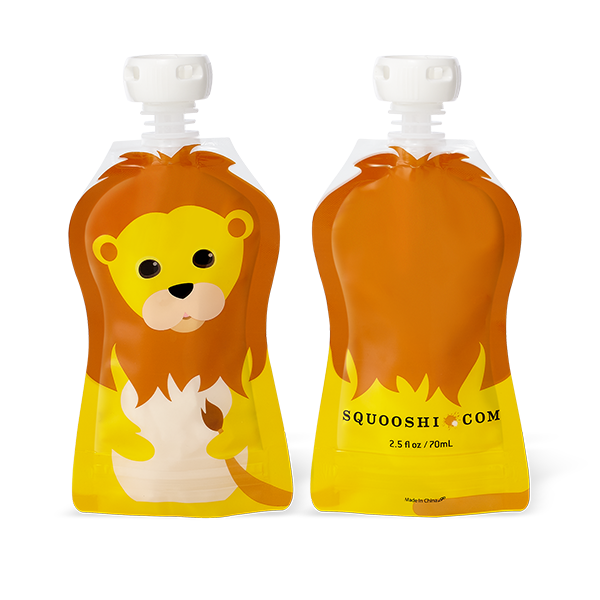 The main thing is your comfort.
The main thing is your comfort.
In recycling plants, incoming recyclables are usually sorted by hand. The purity of the handed over recyclables is a guarantee of the health of the employees who sort these raw materials.
And for those who like to count everything: the water you spend on washing will still be ten times less than the one needed for the production of primary raw materials.
2019-06-26, Edition 7ya.ru
No way, because when voting why reusable packaging, the author simultaneously votes for "walking yourself."
By the way, these activists are also against cars (and delivery is by car), I watched a program about Denmark, where a company of such activists created a service, they bring reusable diapers to your house, they take dirty ones and wash them. They had everything thought out there: diapers made of bio cotton, washed with something like baby soap, dried on a string in the fresh air, picked up and brought on a bicycle.
The reportage was filmed in the summer, they didn't show how it's all organized during the rainy season :)
2019-06-22, Natalya d'*
Imagine a person in a hypermarket putting bread in a pillowcase.
And I take a big piece of meat in the market. It won't fit in the bank. You'll have to walk with a bucket :) You can use two buckets and an environmentally friendly rocker.
or I order a cockerel. And they bring it to me in a three-liter jar. Grown right in it.
2019-06-22, Julinika
what they are fighting for there in the west, in my childhood was our most ordinary way of life: I took a can and went for bulk sour cream, drank milk - handed over the bottles. From what we joyfully left, we are called to return to that.
2019-06-20, douceur
the other thing is unclear - now everything is online, soon no one will go to stores and there will be only delivery.

